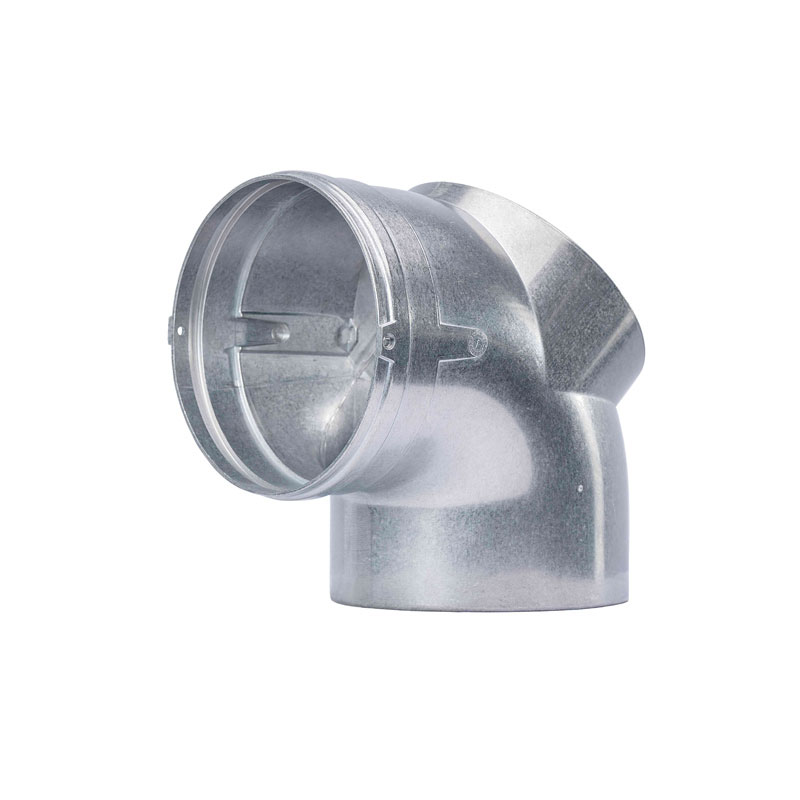Connecting the Dots: Common Joining Methods for 3-Way Elbow Pipe Fittings
2024-01-18
Introduction:
In the intricate world of piping systems, the efficiency and reliability of connections play a pivotal role. When it comes to 3-way elbow pipe fittings, selecting the right joining method is crucial for ensuring a secure and leak-free system. In this blog post, we'll explore the various types of connections and joining methods commonly employed with 3-way elbow pipe fittings.
1. Threaded Connections:
Threaded connections are a popular choice for joining 3-way elbow fittings in smaller diameter pipes. These fittings come with male and female threads, allowing for a tight and secure connection. Threaded joints are relatively easy to assemble and disassemble, making them convenient for maintenance purposes.
2. Socket Welding:
Socket welding involves inserting the pipes into socketed ends of the 3-way elbow and then welding the joint. This method provides a strong and durable connection, suitable for high-pressure applications. Socket welding eliminates the need for external threads, resulting in a smooth surface that minimizes turbulence within the piping system.
3. Butt Welding:
Butt welding is a method commonly used in larger diameter pipes. It involves welding the ends of the pipes directly to the 3-way elbow, creating a seamless and robust connection. This method is particularly favored in industrial settings where strength and integrity are paramount.
4. Flanged Connections:
Flanged connections involve attaching flanges to the ends of the pipes and the 3-way elbow. Bolts and nuts are used to secure the flanges together, creating a tight and reliable joint. Flanged connections are preferred in situations where easy disassembly for maintenance or component replacement is necessary.
5. Compression Fittings:
Compression fittings provide a reliable joint without the need for welding or threading. These fittings use a compression nut and ferrule to secure the pipes to the 3-way elbow. Compression fittings are easy to install and are suitable for both metallic and non-metallic pipes.
6. Grooved Connections:
Grooved connections utilize grooves on the pipes and the 3-way elbow, which are then joined using a coupling. This method is quick and efficient, making it ideal for projects with tight deadlines. Grooved connections also allow for some degree of flexibility, accommodating thermal expansion and contraction.
7. Adhesive Bonding:
In certain applications, especially involving non-metallic pipes, adhesive bonding may be employed. Specialized adhesives are used to bond the pipes securely to the 3-way elbow, creating a strong and leak-resistant connection.
Conclusion:
Selecting the right joining method for 3-way elbow pipe fittings depends on various factors, including the pipe material, diameter, pressure requirements, and the specific needs of the application. Whether it's threaded connections, welding methods, flanges, compression fittings, grooved connections, or adhesive bonding, each method offers unique advantages suited to different scenarios. Understanding these joining methods is crucial for creating robust and efficient piping systems that meet the demands of diverse industries.



